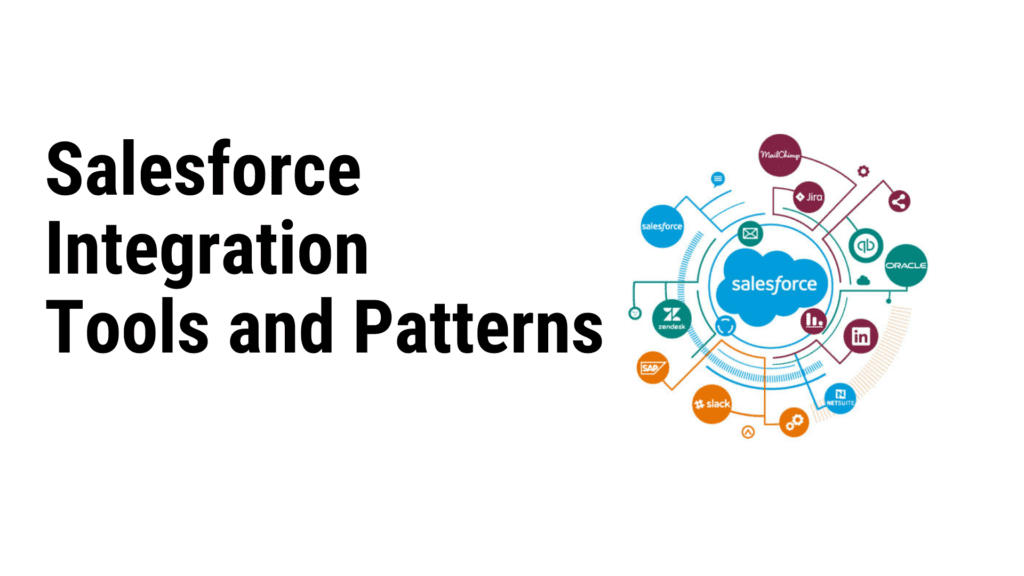Data migration is an essential step when integrating Salesforce with existing systems. This critical task can be complex, time-consuming, and risky, but it is necessary to ensure the seamless transition of data and workflows to the new platform. Below are some tips to ensure a smooth data migration process during Salesforce integration.
What is Salesforce?
Salesforce is a leading cloud-based customer relationship management (CRM) platform that enables businesses to manage sales, service, and marketing operations efficiently. It provides a unified view of customers, helps streamline processes, enhances collaboration, and delivers insightful analytics for informed decision-making.
Things You Should Consider while you are migrating Data to Salesforce
1. Define Your Data Migration Plan
Every successful data migration starts with a comprehensive plan. It should identify the source and target data, the migration schedule, the required resources, potential risks, and mitigation strategies. Identify all the data objects that need to be transferred and the dependencies among them.
2. Identify Data Quality Issues
Before migration, assess the quality of your data. Remove redundant, obsolete, and trivial data (ROT) to streamline the migration process. Identify duplicate entries and correct inaccurate or incomplete information. This not only reduces migration time but also ensures the integrity and reliability of your Salesforce database.
3. Choose the Right Tools
Selecting the appropriate data migration tool is critical. Salesforce provides several tools such as Data Import Wizard and Data Loader. The Data Import Wizard is user-friendly and suitable for small volumes of data, while Data Loader is used for larger datasets or when the Import Wizard does not support a specific object.
4. Backup Your Data
Data loss during migration can have serious consequences. Therefore, before beginning the process, ensure that you have a backup of your data. Cloud-based solutions, external drives, or secure servers can be used for backup.
5. Test Your Migration Process
Before implementing the migration on a full scale, test the process with a small dataset to identify any potential issues. This allows you to fix problems before they affect the entire migration process.
6. Stage Your Migration
Instead of migrating all data at once, it’s better to migrate in stages. This approach makes troubleshooting easier and reduces downtime. It’s also a good way to ensure that data has been transferred accurately and completely.
7. Train Your Team
Training your team is vital. Make sure they understand the new Salesforce platform and the migration process. This reduces the risk of errors and ensures that your team can leverage the full capabilities of the new system.
8. Monitor and Review
After the migration, monitor and review the data in Salesforce to ensure it’s accurate and complete. Look out for errors or inconsistencies, and correct them immediately.
9. Get Support from Experts
Data migration can be a challenging task, especially for organizations that lack expertise in Salesforce. Getting support from Salesforce experts can save you time and resources and can ensure a successful migration.
10. Plan for Downtime
While you should aim to minimize downtime, some level of interruption is inevitable. Ensure you plan for this by scheduling migration during off-peak hours or when it would least affect your business operations.
Conclusion
Salesforce integration offers immense benefits for your business, including improved customer relationships, efficient workflows, and comprehensive analytics. However, data migration during this integration can be challenging. But with a well-defined plan, the right tools, and the right support, you can ensure a smooth transition.
Need help with your Salesforce integration and data migration? Our team of experts at Salesforce Development Services are here to guide you through the process. With our expertise, we ensure seamless integration and migration, so you can start leveraging the power of Salesforce with confidence. Visit Salesforce Development Services today and let us handle the complex process of Salesforce integration and data migration for you.




